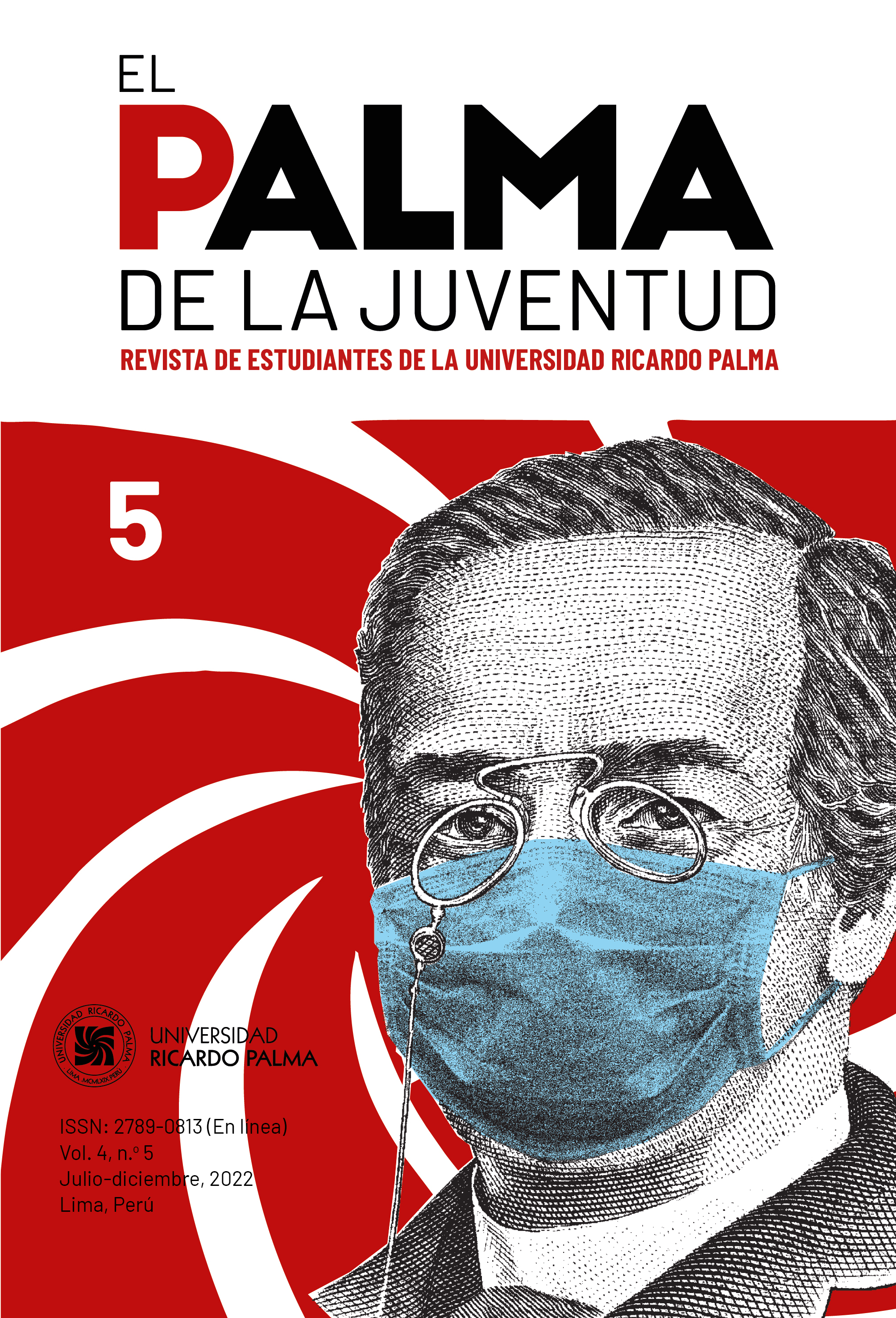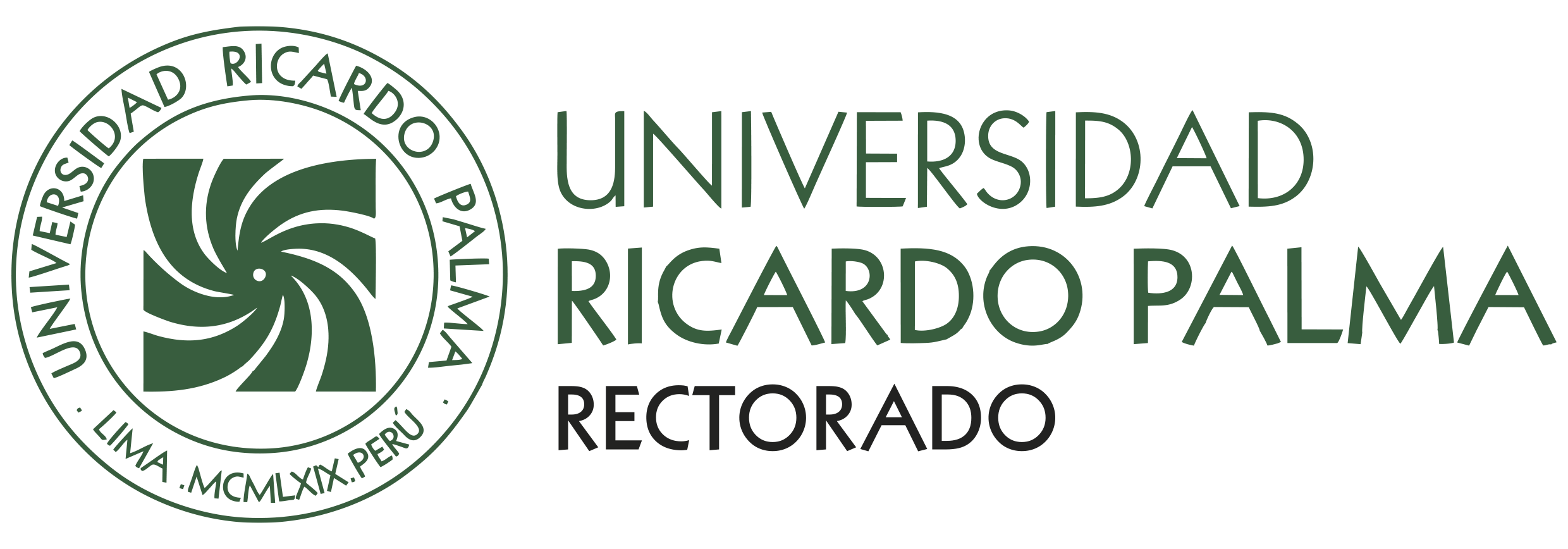The mother, the nun, the writer, and the stranger: Female representation in Emilia Serrano’s América y sus mujeres
DOI:
https://doi.org/10.31381/epdlj.v4i5.5128Keywords:
Emilia Serrano, América y sus mujeres (America and its Women), women’s history, civilization, barbarismAbstract
Published in 1890, América y sus mujeres is one of the most important record books to (re)construct the woman’s history in the American continent. The product of a journey that lasted about fifteen years, Emilia Serrano recovers the names of the most outstanding women writers, journalists, heroines, religious women, among others, who inhabited America during the process of conquest until the end of the 19th century. Likewise, the writer classifies these women according to their western and religious values, proposing an ideal of woman that does not dialogue with the space of barbarism.
References
García y García, E. (1925). La mujer peruana a través de los siglos. Serie historiada de estudios y observaciones. Segundo tomo. Imp. Americana.
Goldwaser, N. (2010). Civilización, mujer y barbarie. Una figura dislocante en el discurso político de la generación del 37 argentina. La Manzana de la Discordia, 5(1), 79-93. https://repositorio.unal.edu.co/bitstream/handle/unal/53737/civilzaci%C3%B3nmujerybarbarie.pdf
Lerner, G. (1990). La creación del patriarcado. Oxford University.
Sarmiento, D. F. (1959). Textos fundamentales. Tomo I. Compañía General Fabril Editora.
Serrano, E. (1890). América y sus mujeres. Costumbres, tipos, perfiles biográficos de heroínas, de escritoras, de filántropas, de patriotas; descripciones pintorescas del continente americano, episodios de viaje, antigüedades y bocetos políticos contemporáneos. Estudios hechos sobre el terreno. Establecimiento Tipográfico de Fidel Giró. https://bdh-rd.bne.es/viewer.vm?id=0000089867&page=1
Downloads
Published
How to Cite
Issue
Section
License
Copyright (c) 2022 Martha Salas Pino

This work is licensed under a Creative Commons Attribution 4.0 International License.
La revista utiliza una licencia Creative Commons para mostrar a los lectores y usuarios cómo se pueden utilizar los contenidos publicados.
Los contenidos publicados en esta revista están bajo una licencia CC-BY 4.0. Esta licencia permite:
- Compartir, copiar y redistribuir el material en cualquier medio o formato.
- Adaptar, remezclar, transformar y construir a partir del material para cualquier propósito, incluso comercialmente.
Bajo los siguientes términos:
- Atribución. Usted debe dar crédito de manera adecuada, brindar un enlace a la licencia, e indicar si se han realizado cambios. Puede hacerlo en cualquier forma razonable, pero no de forma tal que sugiera que usted o su uso tienen el apoyo de la licenciante.










